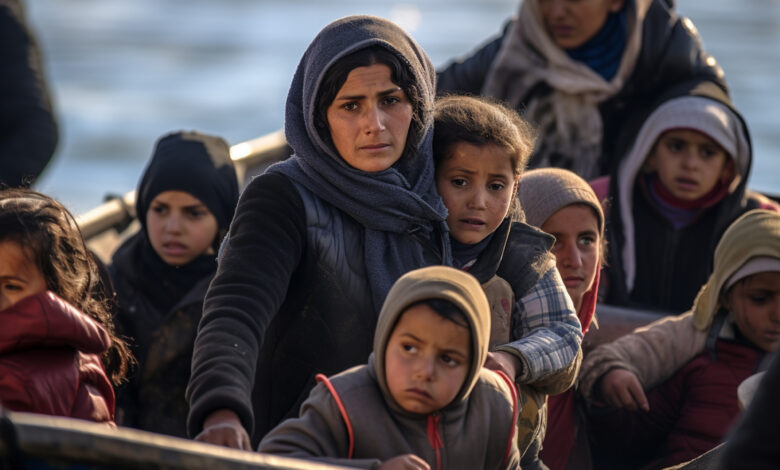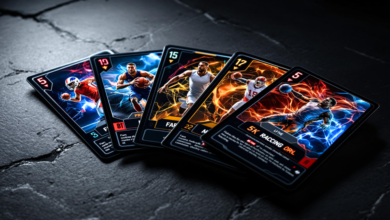Unleashing Creative Potential with aaryaeditz org: A Complete Guide for Digital Creators

In the dynamic world of content creation, having access to the right editing tools and creative templates can make all the difference between ordinary and extraordinary content. As the demand for eye-catching video content grows, creators around the world are seeking platforms that provide high-quality resources without the need for expensive software or advanced skills. One such platform making waves among social media editors and video creators is aaryaeditz org.
This article provides a comprehensive look at what aaryaeditz org is, what it offers, how it works, and why it is becoming the preferred choice for video editors and content creators—especially those focusing on short-form videos like Instagram Reels, YouTube Shorts, and TikTok.
Introduction to aaryaeditz org
aaryaeditz org is an online platform dedicated to providing downloadable templates, visual assets, and editing resources that cater specifically to mobile video editors. It focuses on popular editing apps like Alight Motion, CapCut, KineMaster, and VN Editor. The site’s resources are especially useful for creators who want to produce high-quality edits without spending hours manually designing transitions, effects, and audio syncing.
Unlike many editing platforms that require premium subscriptions, aaryaeditz org offers most of its content for free, with direct download links and minimal ads, making it a convenient and cost-effective solution for aspiring editors.
What Makes aaryaeditz org Unique?
Several features set aaryaeditz org apart from the crowd:
-
Regular updates with trending templates
-
High compatibility with widely-used mobile editing apps
-
Focus on regional content (Indian languages like Hindi, Tamil, Telugu)
-
Easy-to-use interface and free access
-
Beginner-friendly tutorials and guides
Let’s explore the key features in more detail.
Key Features of aaryaeditz org
Alight Motion XML Files
One of the platform’s main attractions is its wide selection of Alight Motion XML files. These files are complete editing projects that can be imported directly into the Alight Motion app. Once imported, users can simply replace images or videos with their own, adjust the timing slightly, and export a stunning final product.
XML files typically include:
-
Advanced keyframes
-
Custom fonts
-
Motion graphics
-
Stylish transitions
-
Synced audio
These templates are ideal for status videos, love edits, and friendship videos, which are especially popular on platforms like WhatsApp and Instagram.
CapCut Template Links
CapCut is another app favored by content creators, and aaryaeditz org regularly features CapCut templates that follow viral trends. Users can simply click a link that opens directly in the CapCut app, allowing them to use the template with their own photos and videos in seconds.
Some examples of trending templates include:
-
Slow motion effects
-
Beat sync transitions
-
Cinematic filters
-
Dialogue-based edits
The platform keeps its CapCut library fresh and regularly updated, which helps users stay relevant in the fast-paced world of short-form content.
PNG Overlays and Background Assets
For editors looking to add extra flair to their content, aaryaeditz org offers downloadable PNG overlays and backgrounds. These visual assets include:
-
Neon wings
-
Light rays
-
Heart particles
-
Smoke and fire elements
-
Glowing text and stickers
These elements can be used in photo and video editors alike and help bring an extra level of creativity and personalization to edits.
Status Video Templates
The website specializes in status video templates, which are especially in demand in regions where WhatsApp and Instagram status sharing is a cultural trend. These include:
-
Romantic lyrical videos
-
Sad and emotional music edits
-
Motivational quotes with cinematic visuals
-
Festival and birthday edits
Many of these templates use Indian regional songs or dialogues, giving users content that resonates with local trends.
Editing Tutorials and Guides
To help users make the most of its resources, aaryaeditz org often shares links to video tutorials hosted on YouTube. These tutorials guide beginners through:
-
How to import XML files into Alight Motion
-
How to adjust layers and keyframes
-
Tips for syncing music with video transitions
-
Customizing CapCut templates
These tutorials are usually in Hindi or English and provide step-by-step instructions, making them very accessible even for users who are completely new to video editing.
How to Use aaryaeditz org
Here is a simple step-by-step process for getting started with the website:
Step 1: Visit the Website
Open your browser and navigate to aaryaeditz org. The homepage will display the latest trending templates, categories, and popular resources.
Step 2: Choose Your Resource
Browse by categories such as:
-
Alight Motion XML
-
CapCut Templates
-
PNG Packs
-
Status Videos
Click on a post to view its description, preview video, and download link.
Step 3: Download the File
Most files are hosted on cloud storage platforms like Google Drive or Mediafire. Click the provided link to download the file directly to your device.
Step 4: Import into Your Editing App
Open your preferred editing app (like Alight Motion or CapCut) and import the downloaded file. Replace the default media with your content, adjust the text if needed, and make any final edits.
Step 5: Export and Share
Once your video is ready, export it and upload it to your desired platform—Instagram, TikTok, YouTube, or WhatsApp.
Is aaryaeditz org Safe to Use?
Generally, aaryaeditz org is safe as it does not ask for personal information or payment. However, users should always be cautious when downloading files from any third-party website. Here are a few safety tips:
-
Avoid clicking on pop-up ads or redirects
-
Use antivirus software on your device
-
Download only from trusted links (Google Drive or Mediafire)
-
Don’t allow unnecessary app permissions
Advantages of Using aaryaeditz org
Saves Time
Instead of spending hours creating animations and transitions, users can import ready-made templates and make minimal changes to suit their needs.
Cost-Effective
Most of the content is free, making it accessible to students, hobbyists, and beginners who don’t want to invest in expensive software.
Beginner-Friendly
With tutorials and easy download options, even users with no editing background can create professional-looking content.
Keeps Content Trendy
With regularly updated templates based on the latest viral trends, users can keep their content fresh and engaging.
Great for Regional Content Creators
The platform supports a wide range of regional styles and music, making it especially relevant to Indian content creators and diaspora communities.
Who Should Use aaryaeditz org?
-
Social media influencers: For quick, stylish content creation
-
Video editing enthusiasts: For practice and inspiration
-
Small business owners: To create eye-catching promotional videos
-
Students and hobbyists: For fun or project-based content
-
Status video creators: For daily uploads and trend participation
Read also: Become a Contributor: Exploring the Opportunity to Write for Us + areyoufashion com
Final Thoughts
In today’s content-driven digital space, platforms like aaryaeditz org play an essential role in empowering creators. By offering free, high-quality editing resources, the platform lowers the barrier to professional content creation and encourages creativity in every corner of the world.
Whether you’re just starting out or you’re a seasoned content creator looking to save time while still producing viral-quality videos, aaryaeditz org provides the tools, templates, and tutorials you need. Its simplicity, community focus, and trend awareness make it a go-to resource for anyone looking to enhance their digital presence.
If you’re looking to elevate your content with eye-catching visuals, smooth transitions, and engaging edits—all without spending a fortune—aaryaeditz org is the perfect place to begin.



